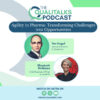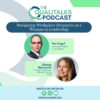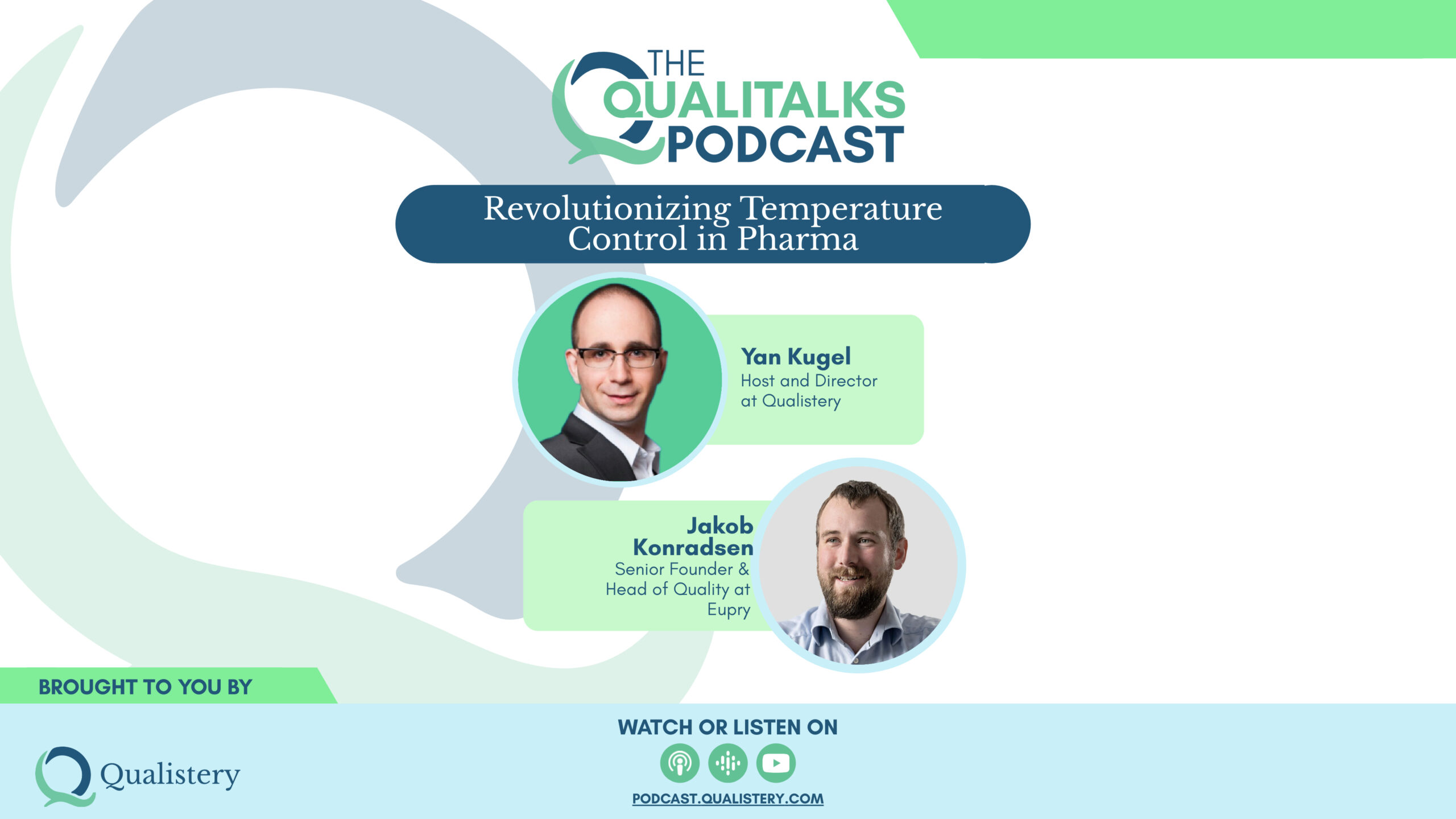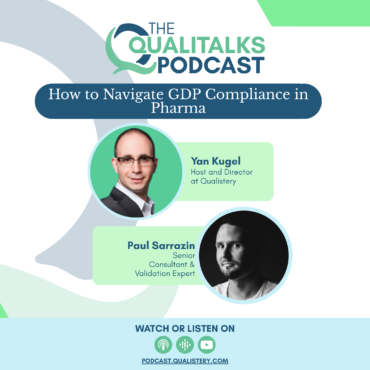How to Navigate GDP Compliance in Pharma [Paul Sarrazin]
Paul shares his wealth of experience and insights into innovative strategies and best practices for maintaining quality standards and regulatory compliance in the pharmaceutical supply chain. The discussion delves into […]




